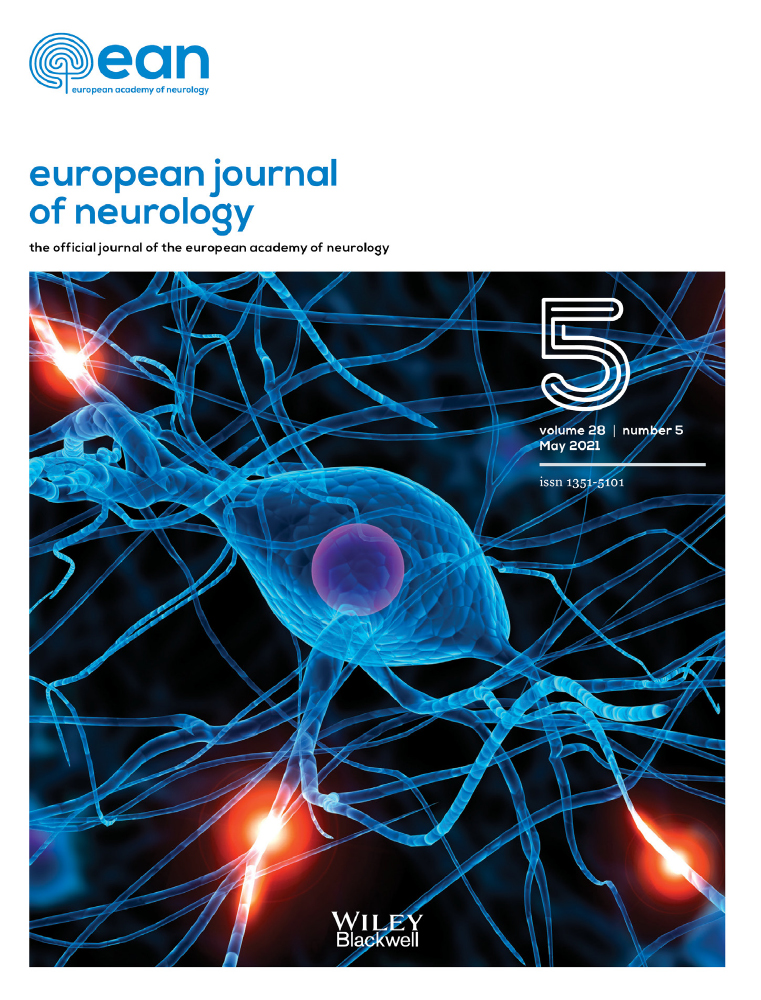The cerebellum could serve as a potential imaging biomarker of dementia conversion in patients with amyloid-negative amnestic mild cognitive impairment
Hyung-Ji Kim and E-nae Cheong contributed equally to this work.
Funding information
Hyung-Ji Kim, Sungyang Jo, and Sunju Lee were supported by fellowships from the Asan Medical Center, Republic of Korea. This study was supported by a grant from the Korea Health Technology R&D Project and Ministry of Health & Welfare, Republic of Korea (HI18C1254 and HI18C2383).
Abstract
Background and purpose
As part of network-specific neurodegeneration, changes in cerebellar gray matter (GM) volume and impaired cerebello–cerebral functional networks have been reported in Alzheimer disease (AD). Compared with healthy controls, a volume loss in the cerebellum has been observed in patients with continuum of AD. However, little is known about the anatomical or functional changes in patients with clinical AD but no brain amyloidosis. We aimed to identify the relationship between cerebellar volume and dementia conversion of amyloid-negative mild cognitive impairment (MCI).
Methods
This study was a retrospective cohort study of patients over the age 50 years with amyloid-negative amnestic MCI who visited the memory clinic of Asan Medical Center with no less than a 36-month follow-up period. All subjects underwent detailed neuropsychological tests, 3 T brain magnetic resonance imaging scans including three-dimensional T1 imaging, and fluorine-18[F18]-florbetaben amyloid positron emission tomography scans. A spatially unbiased atlas template of the cerebellum and brainstem was used for analyzing cerebellar GM volume.
Results
During the 36 months of follow-up, 39 of 107 (36.4%) patients converted to dementia from amnestic MCI. The converter group had more severe impairments in all visual memory tasks. In terms of volumetric analysis, reduced crus I/II volume adjusted with total intracranial volume, and age was observed in the converter group.
Conclusions
Significant cerebellar GM atrophy involving the bilateral crus I/II may be a novel imaging biomarker for predicting dementia progression in amyloid-negative amnestic MCI patients.
Open Research
DATA AVAILABILITY STATEMENT
The data that support the findings will be available on request from the corresponding author. The data are not publicly available due to privacy or ethical restrictions.




